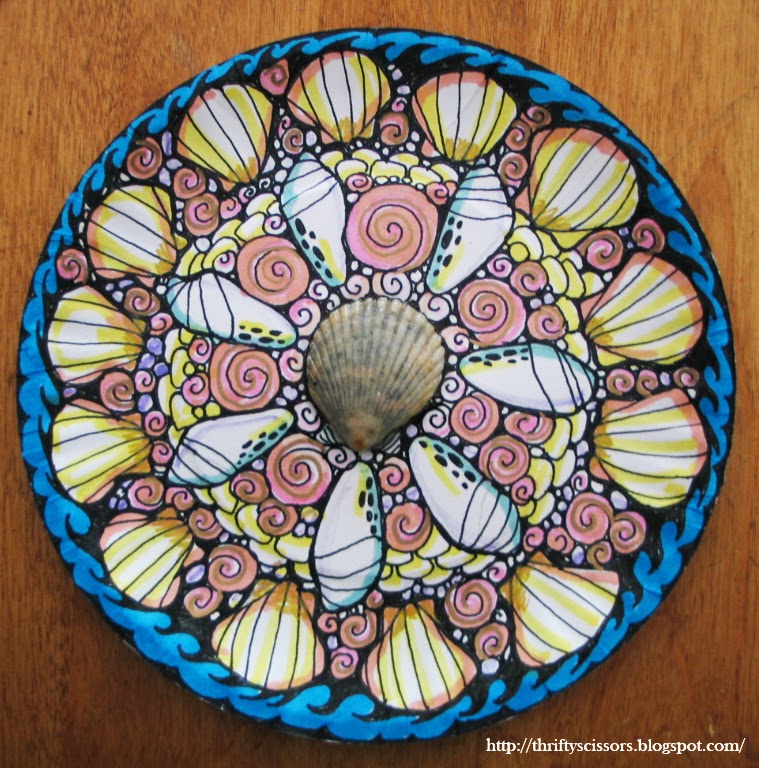In the little town of Cut-Out
Is a factory of toys,
Where the make all kinds of cut-outs
For newspaper girls and boys.
Messrs, Paper, Glue & Scissors
Drive a very thriving trade,
And the paper toys they make there
Are the nicest that are made.
Here within this tall, plain building
With its smokestacks round and high
You hear the snip of scissors
While the busy moments fly.
And at sundown when the sunshine
Gilds the window glass so bright
You can see the Cut-Out workmen
Going home to spend the night.
Let's pretend that you're a workman
In the factory's employ,
Messrs Paper, Glue & Scissors
Bid you make this cut-out toy.

























